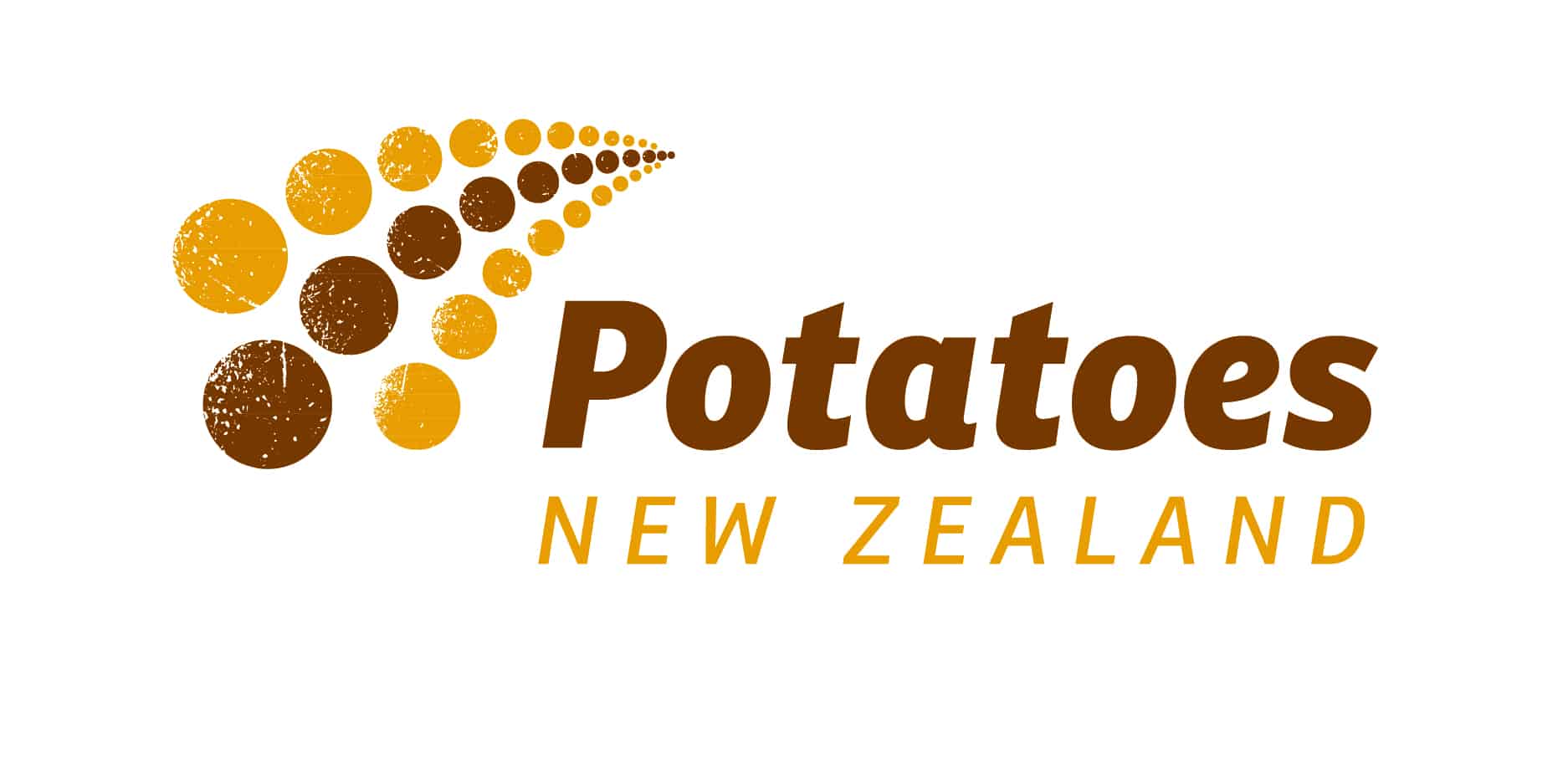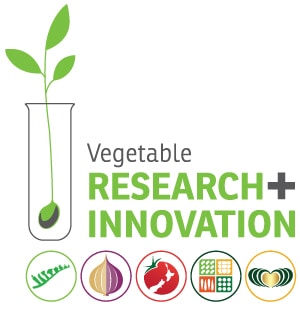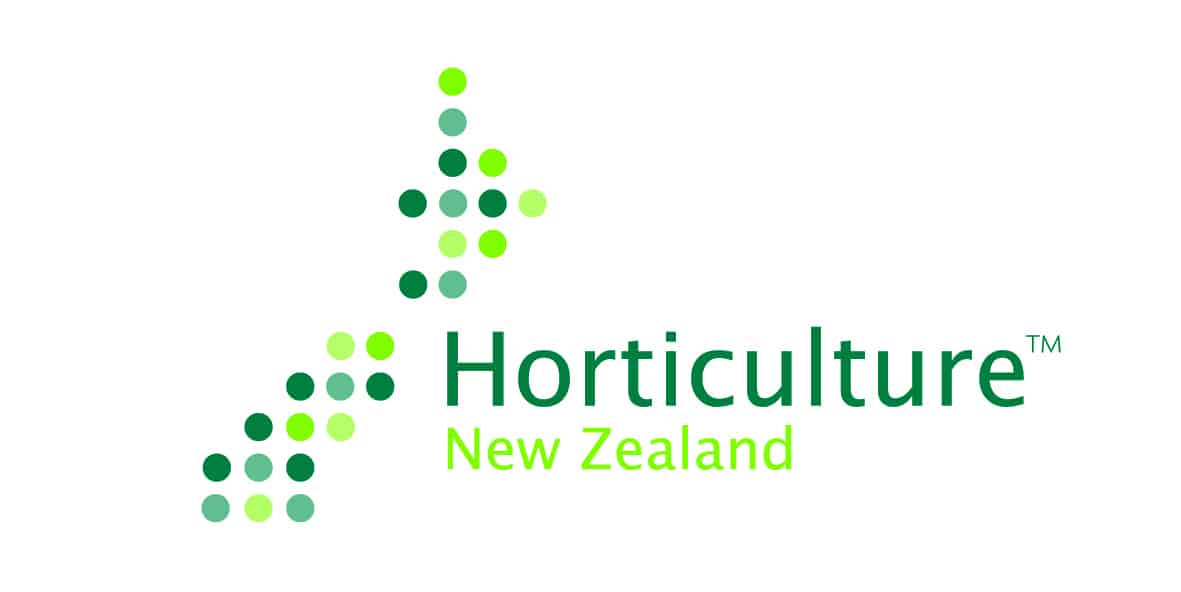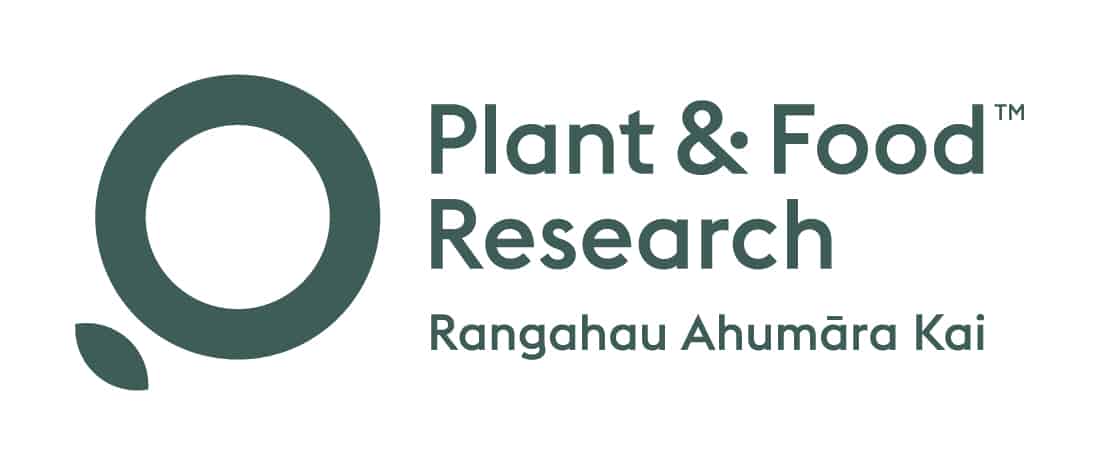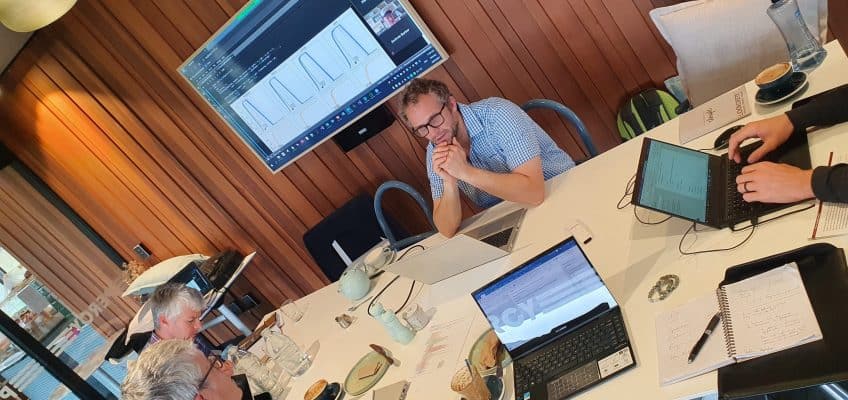Sustainable Vegetable Systems (SVS) monthly update: improving the modelling via Workstream 3 and extension activities in Workstream 4.
Sustainable Vegetable Systems is a four-year, $7.5 million project, focused on reducing the environmental impact of intensive growing of potatoes, onions, brassicas and leafy greens.
It involves research work to quantify and model nitrogen leaching and engages vegetable growers from around New Zealand with tools to identify and implement techniques they can use.
In Workstream 3 of the SVS project the modelling team alongside agronomists and growers are focused on improving crop modelling.
Whatever nutrient tool is used on your farm, the accuracy of the results depends on the accuracy of the inputs and/or crop model behind the tool.
Our collaborative approach in SVS aims to provide the data that underpins the crop nutrient models. In turn better crop understanding and modelling will both improve Overseer, and any other nutrient management tool. For consistency and confidence across all stakeholders, existing and new tools need to be underpinned by robust data and crop modelling. The calculation of nitrogen leaching does not have to be done in Overseer unless your Regional Council rules require it. Some Regional Councils require the use of Overseer to estimate nutrient leaching from an individual farm. SVS is aiming to improve the ability of models, like Overseer, to represent vegetable rotations and associated nitrogen leaching so that growers can have confidence that the modelled results reflect their growing system and management practices.
SVS aims for the same crop model to underpin all grower facing tools, for consistent results and to inform best management. Data gaps are being addressed through trials in Lincoln and Hawke’s Bay, alongside monitoring using 9 regional sites.
The challenges in the current modelling, so far identified by agronomists and growers include:
- It uses the same formula for all crops, and only a handful of crop types are included.
- The model is based on one paddock using 1 month time steps, and therefore can only model one crop per year on that block.
- Water data/modelling was developed for arable crop irrigation and needs to be refined for vegetable crops. Overseer uses a fixed and quite limited long term climatic data, using average annual climate data, which is not accurate enough for the sub-annual, rotational nature and relatively fine scale of some vegetable production systems.
- Model assumptions about crop residue (plant material left in/on the ground after harvest) contributing to N leaching as the crop breaks down, may also lead to incorrect results, and needs refinement.
- The current modelling is based on counting the number of plants harvested as marketable yield rather than total number grown (including what’s left in the field after harvest). This affects the results when fertiliser decisions are made on potential rather than marketable yields. If the modelling is based on marketable yield rather than how much crop biomass is grown, then a weather event, pest and disease, or market changes will affect grower compliance.
- Misunderstanding about what models are trying to achieve when using long term climate averages, rather than daily actuals.
Where/how does SVS meet these challenges?
- Working on testing and incorporating improved crop characteristics with adjustments to co-efficients (the numbers sitting inside the model) into Overseer for specific vegetable crops and rotations. This same work will be tested in an APSIM model and any other tools which are deemed good practice by our advisory groups.
- SVS is measuring and taking into account nitrogen in the harvested product, stover and root.
- Ultimately SVS project outcomes aim to make nitrogen application more precise, thereby meeting compliance, farm management efficiency and saving the grower money.
Improving the modelling.
Workshops have been underway from May 2021 with agronomists, modellers, growers, and sector group representatives.
The first 1-day workshop, held in May, was agronomy focused and explored crop modelling parameters (crop growth curves, rooting depths, yields, etc.). The outputs from that workshop will be reviewed by the SVS Technical Panel through a series of video conference calls.
The next step is to bring a group of modellers together in a 1-day workshop in July, to explore the modelling issues and set up a process for drafting a Practice Note or Protocols for data input into OverseerFM and any other modelling tools.
The third workshop will be held over 2 days and will combine modellers, agronomists, and growers.
Independently some of this modelling group will work with industry on council submissions, with greater knowledge and alignment to recognised crop modelling guidance.
The workshop groups build the foundation and support the work being done by the Community of Practice (CoP) which is being run through Workstream 4 (SVS extension).
The SVS Community of Practice (CoP) is comprised of approximately 12 people with the prerequisite of having completed the Massey University Sustainable Nutrient Management course.This group becomes one of the vehicles for improving the industry’s understanding of nutrient modelling.
In turn this will be reflected in nutrient management plans included in FEPs and submitted leaching figures to councils where required.
The CoP will participate in workshops over the next 3 years. The objective being to increase industry knowledge through conducting and presenting case studies based on the SVS regional monitor sites.
If you would like to stay up to date with SVS work or contribute your ideas or experiences of nitrogen management challenges or successes, please contact the Programme Leader naqerj@ntevyvax.pb.am
The SVS project team would like to acknowledge all the researchers and growers who contribute to this ongoing industry transformation work, as well as funders; The Ministry for Primary Industries; Potatoes New Zealand; Vegetable Innovation & Research; and Horticulture New Zealand.
![]()
